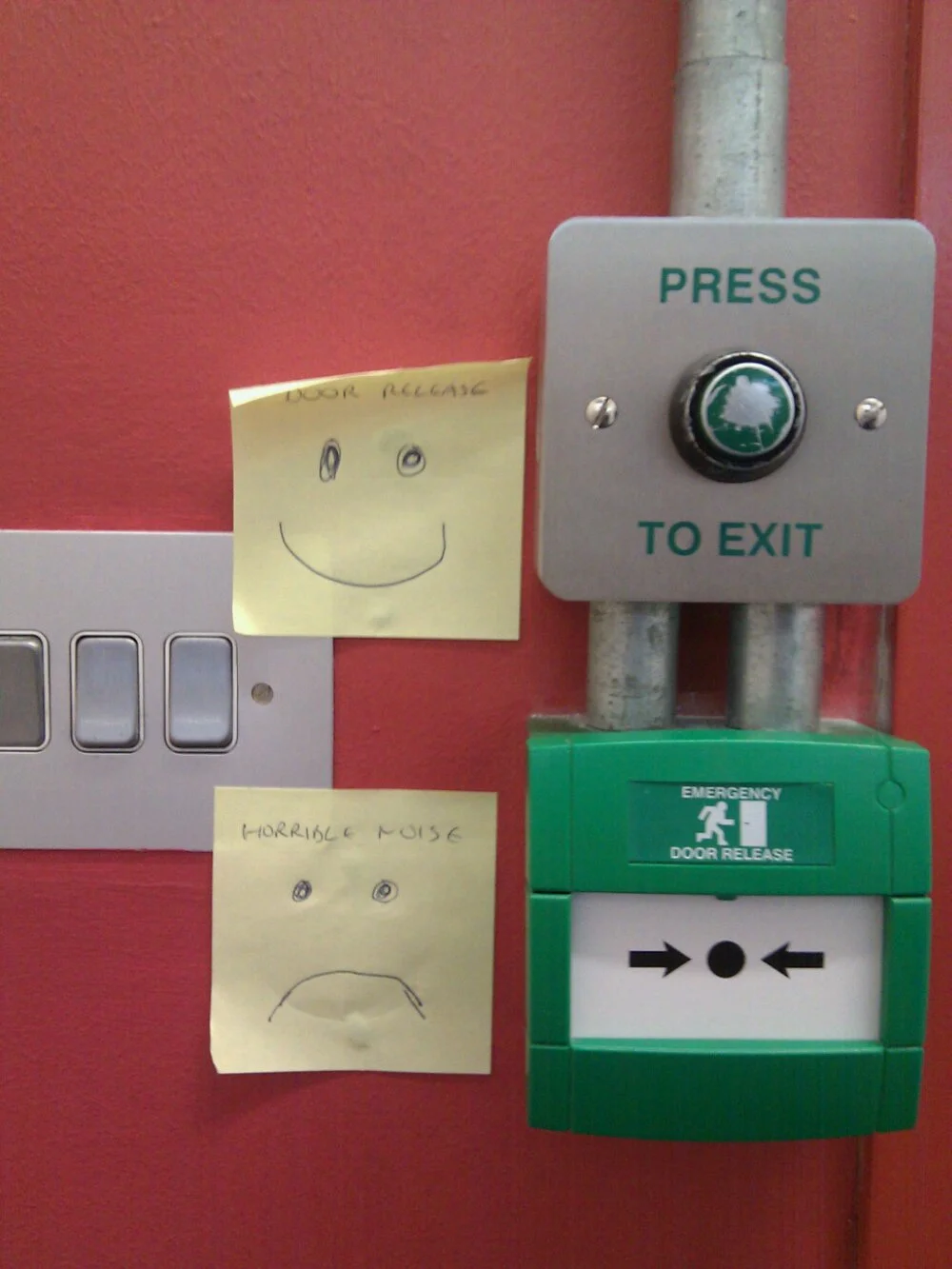Does Design...Matter?
In the past decade, there has been an incredible shift in consumer's education on products and our coolective voices in the development cycle of consumption. There are so many reasons to credit this shift that I am not sure which has been the forced factor.
Is it a consumer's viewpoint that less is more? The “kondo-ing” of buying and keeping less crap so we focus on the smallest details? Could it be the lead of (once underdog) Apple that seems to have made design a central selling point in their goods? This consumer-driven hyper-awareness of the beauty of good, functional design and unique material combinations? Could it be the advent of 3D printing, the maker revolution and crowdfunding sites that makes every Tom, Dick and Hairy think they are industrial designers?
Whatever the reasons may be, consumers today are more aware of design. As I try to anticipate trends, I've noticed something pretty interesting.
Not many companies get it right.
On one hand, we have companies that are so enthralled with the new design ethos that there is a tendency to over-design and over-engineer. This happens when there is too much focus on the bells, whistles and the story of the design...and not enough on the actual guts of the thing.
There are a glut of executives and designers that are so in enamoured with the process of designing that they commit too much time, effort and energy that goes into the design process. The problem is that over-design comes at the detriment of other important activities. Functionality, real world stress testing, basic economic concepts (like market sizing and profitability) are afterthoughts. Just because you can create something unique and cool, doesn't mean there is a large enough market to support and sustain that product in a viable way.
Sometimes when you build it....they won't come.
On the other hand, now more than ever we are seeing a glut of terrible design. Part of that comes from our new sensitivity to design and aesthetics in products. Since we know what "good" design looks and feels like (even though we may not yet have the vocabulary to communicate our exact preferences), we also understand what crappy design looks and feels like.
Another way I've seen this take place is trying to transpose something from the "analog" world to the "digital" world or vice versa. There is a lack of understanding among many designers that churn out these translations. People work differently in analog and digital environments, so just transposing their processes into a different medium ends up coming across as trite and thoughtless design.
Add to that the bevvy of equipment, technology and endless rah rah spirit for creating ANYTHING...and things get pretty messy.
Most people are starting to believe that because they can sketch an idea that they have the understanding and the chops to be a designer. You can learn, sure....but just because you can, doesn't mean you should.
My challenge to you is to try and find that sweet spot in design. Make sure you aren't under-designing and churning out crap that isn't thoughtful. Make sure you don't over-design and twiddle around with design in a bubble.
Find great tools and methodologies and processes to guide you and your team. I've written a lot about design thinking, which can help in a lot of these situations, but there are many other methodologies and platforms that can help find that sweet spot. And of course...get help. Find a great designer or a great design firm and utilize their expertise.
Design and create with intention and purpose. Bring beautifully functional products and services into the world. You only get one shot to do this right!

